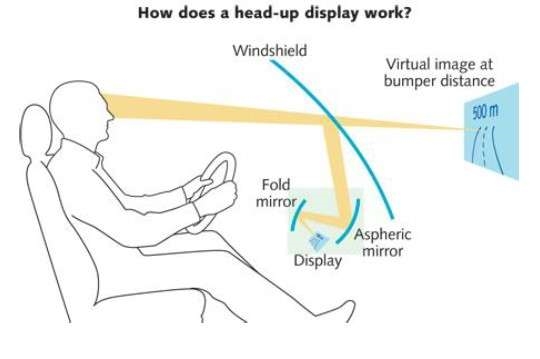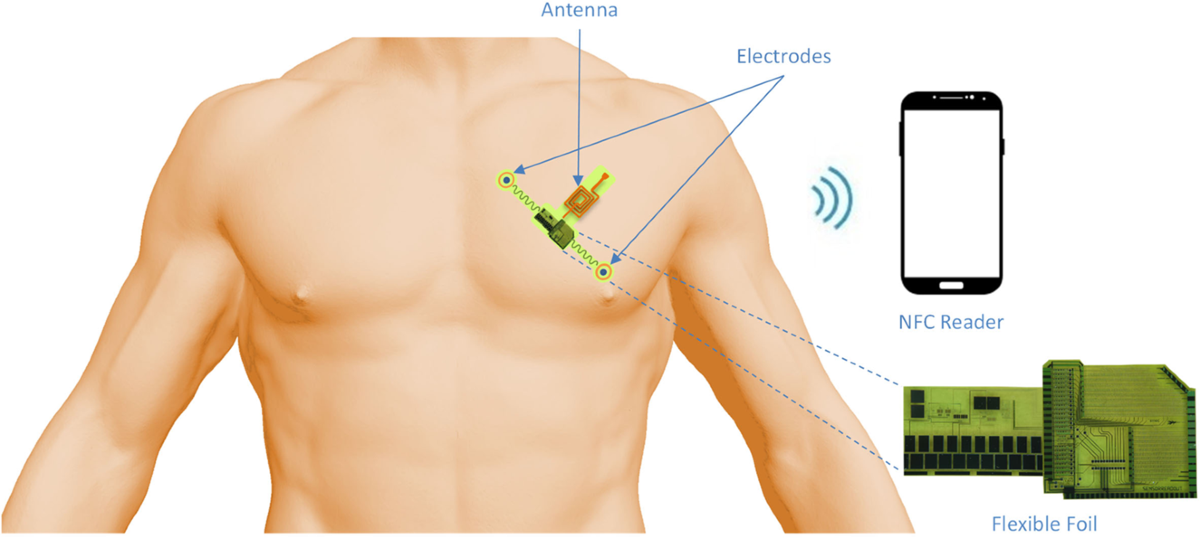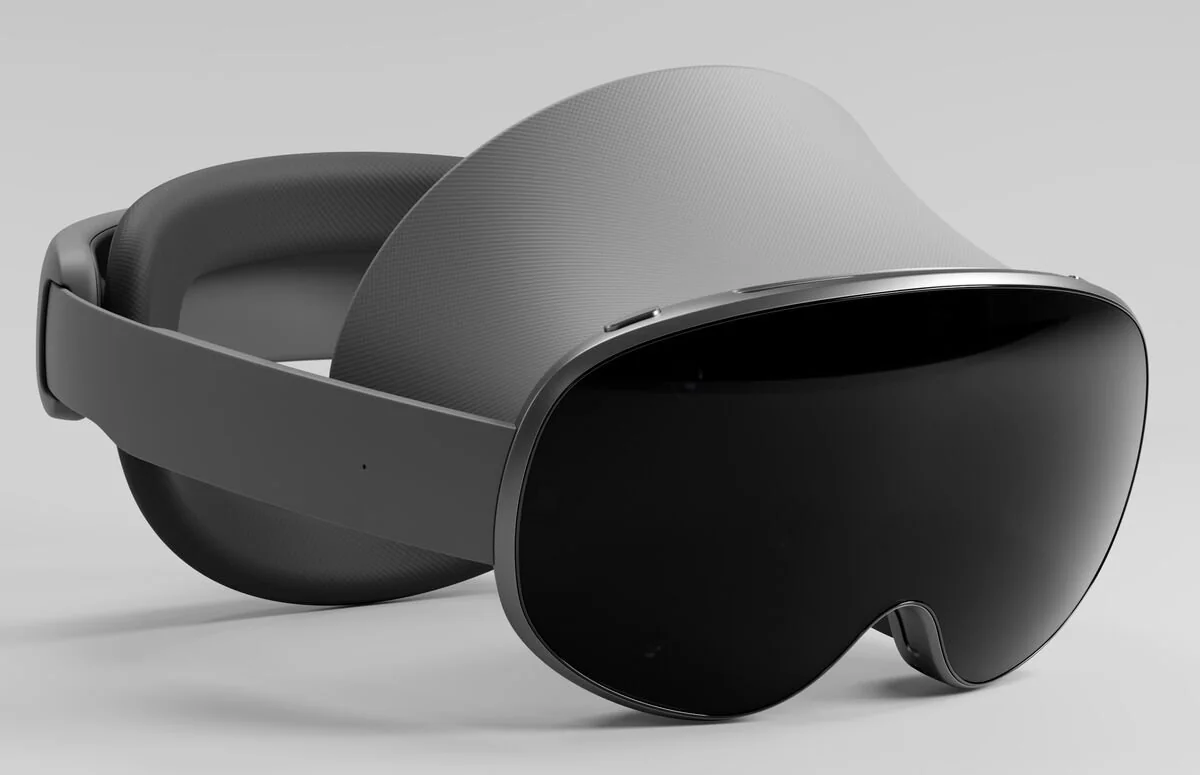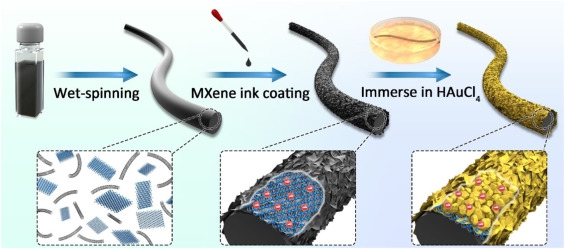Background
Hypertension is a common cardiovascular condition. Wearable continuous blood pressure monitoring can support self-monitoring in daily life and assist in hypertension and cardiovascular care. Because traditional cuff-based methods are not suited to continuous monitoring, researchers have proposed various wearable approaches. Pulse wave analysis (PWA) combined with machine learning has become a mainstream technique.
In pulse waveform recording, photoplethysmography (PPG) sensors are the most commonly used wearable pulse sensors, but they are susceptible to factors such as ambient light and skin tone. PPG often requires extensive per-subject calibration and shows limited generalization across different individuals and wearing conditions, which can cause inaccurate blood pressure estimates. Pressure sensors are not affected by light or skin tone, so methods based on wrist pulse pressure wave measurement have drawn increasing attention. However, skin temperature and wearing pressure can also affect the pulse pressure waveform and thus influence blood pressure estimation. Overall, existing pulse sensor approaches face challenges in measurement accuracy, reliance on individual calibration, and cross-subject generalization for continuous blood pressure monitoring.
New sensing principle and device
To address these issues, Professor Rong Zhu and his team at Tsinghua University recently proposed a new pressure-sensing principle based on the skin pressure-thermal effect and developed a flexible multimodal pulse sensor. The system simultaneously measures high-fidelity pulse pressure waveforms, skin temperature, and wearing pressure for wearable continuous blood pressure monitoring.
The work leverages the natural skin pressure-thermal effect: applied pressure induces structural changes in skin tissue that alter thermal conduction properties. The team used flexible thin-film thermistor detection to realize pulse pressure wave measurement with high fidelity and improved resistance to artifacts. The flexible pulse sensor features a wide pressure range (228.2 kPa), a low detection limit (4 Pa), high sensitivity, strong linearity (99.9%), low hysteresis (2.45%), fast response (88 ms), and good stability.
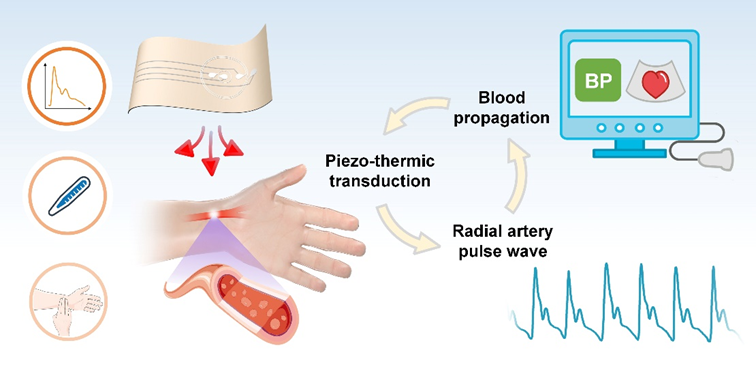
Multimodal integration and validation
The flexible multimodal pulse sensor also integrates skin temperature and wearing pressure sensing. A multi-layer sensing network fuses pulse features, wearing pressure, and skin temperature parameters to perform continuous blood pressure monitoring. By incorporating personalized parameters such as skin temperature and wearing pressure, the system reduces interference from individual wearing differences and improves cross-subject generalization. Multi-subject clinical testing validated the system's effectiveness for continuous blood pressure monitoring across different individuals.
 ALLPCB
ALLPCB


